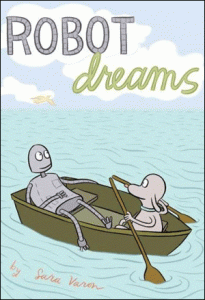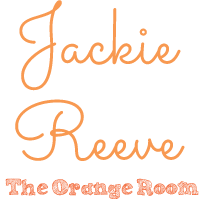In October I started working with 2nd and 3rd grade on how to use the library. Each grade focused on something different, but they both did really well with it.
After our back-to-school housekeeping activities in September, I walked the 2nd graders through the sections of the library. They choose books from the shelves in 1st grade, but it’s in 2nd grade that we really started talking about what the different sections mean. We talked about fiction vs. nonfiction in 1st grade, but they needed a refresher on that. We have 4 sections in our library where students can check out books: Fiction, Nonfiction, Easy Reading, and Biography. We defined all the sections and spent A LOT of time practicing which books belong where. I explained that the spine labels have the book’s address, and I gave them some basics on how to use that information to find where the book lives. I explained the alphabetical order of the books in general terms: in 3rd grade I really go into how to find books in the nonfiction section. I don’t go over the specifics of Dewey Decimal until 3rd grade, but I do talk to the 2nd graders about the nonfiction books having numbers, and the other 3 sections having “F”, “B”, or “E”.
Read more on This Month with 2nd Grade: Learning the Library Layout…
 I love this book. It’s very sad, but it’s also thoughtful, delightful, and real (even if it is about a dog and a robot). The kids love it.
I love this book. It’s very sad, but it’s also thoughtful, delightful, and real (even if it is about a dog and a robot). The kids love it.
